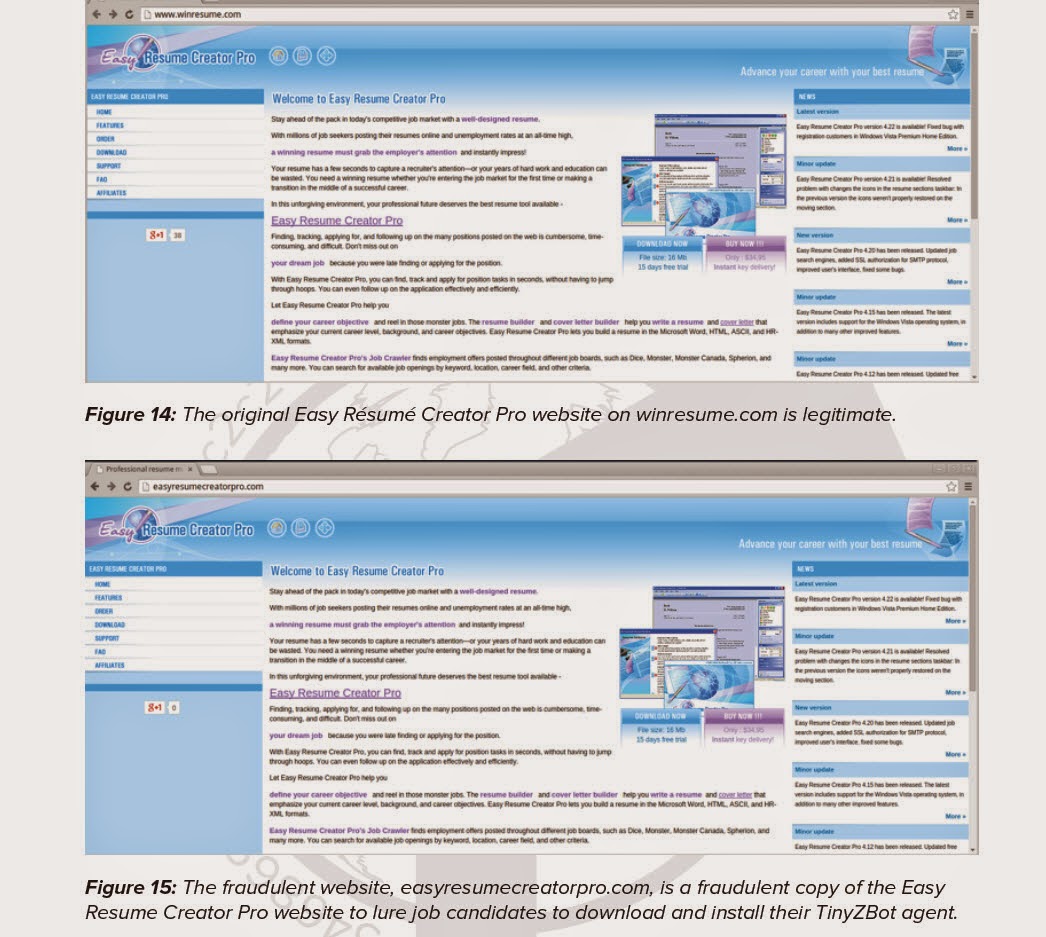Operation Cleaver #opcleaver
In this blog I wanted to take a quick
look at how we should consider our adversaries today, and kudo's to a great report. The operation Cleaver report put out by Cylance outlines how Iran has been actively targeting the world
market and the Internet as a whole.
If you
don't have time to read the entire report I'd recommend you review pages
32- 35 that discusses the initial methods of compromise. It's a good
practice to understand how adversaries get into your network to know how to
protect yourself. Here's a quick look at defenses you need to consider:
Compromise 1 - SQL injection attacks -
This
attack counts on administrators not setting up a SQL server with security in
mind.
Resolving
this can be done by patching and maintaining SQL servers that are on your
perimeter network. Make sure that you configure your edge with security in
mind. Consider this guidance as a good practice:
A quick
Technet article on protecting
against SQL injections
A good MSDN article How to protect
against SQL injections
Compromise 2 - (spear) Phising attack -
As often
times seen, attacking the user as one of the easiest methods to compromise a
network. Here we see that cleaver uses this method to fool users to click and
activate a malware to take over a client machine.
Protection
follows a simple guidance model. Don't click unless you know what you are
receiving. This can be important with unsolicited, as well as mail from sources
you trust. It's worth double checking, or type the URL manually.
Here's
some good guidance to consider, how
to recognize phishing email
Bottom
line
These attacks are old school, but they work. Always
consider how attackers might get into your network. And if you are interested in the details,
read the report http://www.cylance.com/assets/Cleaver/Cylance_Operation_Cleaver_Report.pdf


Comments
Post a Comment